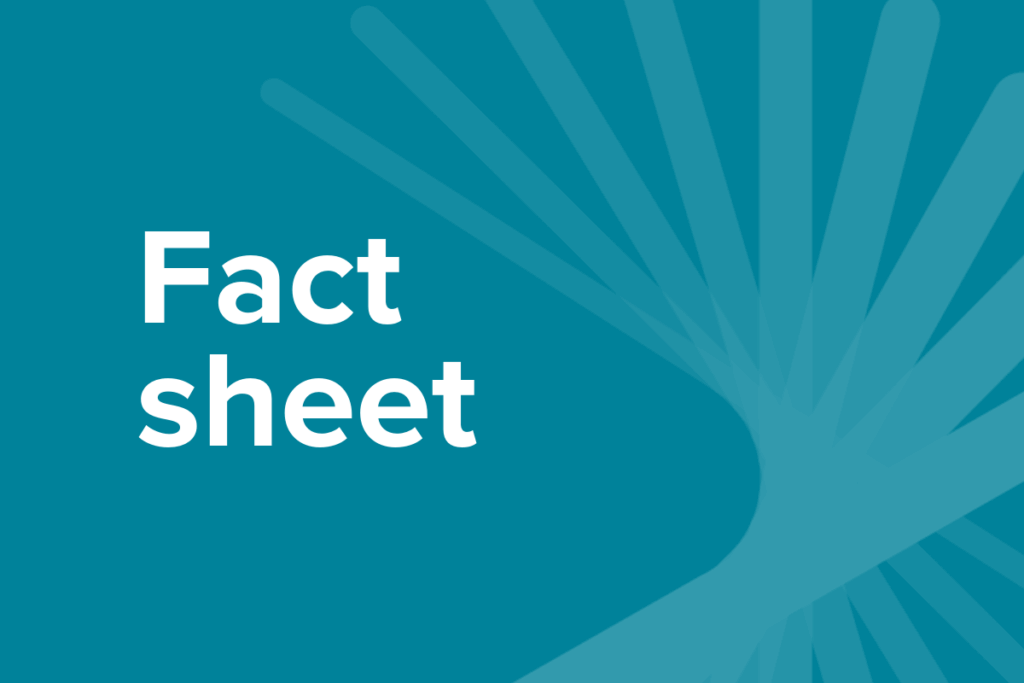Congenital heart disease
Congenital heart disease (CHD) is a general term for a range of conditions that are present at birth and affect the normal workings of the heart. These can result in minor heart problems or major defects.
Congenital heart defects are the most common types of birth defects, affecting 1 in 100 babies. In Australia, 8 babies are born each day with some form of congenital heart defect. Some defects are mild and cause no significant disturbance to the way the heart functions. However, more than half of all children with a heart condition will require treatment at some stage of life.
Home / Congenital heart disease
How does exercise help congenital heart disease?
Exercise has many important benefits for people with CHD such as:
- increasing cardiorespiratory fitness, muscle strength and endurance
- improving mental health and quality of life
- reducing symptoms of breathlessness and fatigue
- helping to maintain a healthy weight, improve self-confidence and body image
Exercise also helps to reduce the risk of acquired cardiovascular problems like high blood pressure, stroke and heart attack.
Things to remember
Almost everyone with congenital heart disease can benefit from exercise but it is important to do it in a way that is safe and beneficial.
Some people with CHD may have almost normal heart structure and function, and others have complex abnormalities affecting the heart and its function. It is important to speak with your cardiologist about what kind of exercise and levels of intensity are best suited for your situation. This is because some types of heart problems may be more likely to develop unusual heart rhythms or blood pressure during physical activity.
If you have been sick due to your condition, work with your doctor to achieve full health before commencing an exercise program. However, your cardiologist may actually recommend exercise if you have recently deteriorated or had a procedure and refer you to an accredited exercise physiologist to help build fitness again in a supervised environment. Occasionally, due to a severe or complex problem, your cardiologist might suggest you only perform light levels of exercise.
Depending on the type of congenital heart condition you have, it may be necessary for your doctor to perform some tests before an exercise program is commenced to help determine how much exercise is right for you. This also helps to monitor changes (and improvements!) in your fitness in the long term.
It is important that if you notice a change in symptoms during exercise, such as palpitations associated with feeling unwell, chest discomfort or pain, dizziness, or feeling generally unwell that you should cease the exercise session, inform the person supervising the exercise (if it’s a supervised session) and let your doctor know as soon as possible.
Fainting or becoming unconscious during exercise can be a sign of a serious problem and requires prompt cardiology review. Exercise should be discontinued until cardiology clearance is given.
What type of exercise is best for congenital heart disease?
Exercise programs ideally should include:
- Aerobic exercise helps to build heart and lung fitness.
- Resistance training exercises help build muscle strength, bulk and endurance.
The intensity of exercises and length of training sessions will depend on your specific situation, here are some general suggestions:
- Exercising on most days of the week for 20 to 60 minutes is a good goal.
- Starting slowly, even with just a few minutes, can help improve fitness.
- Choose activities you enjoy, this will help you stick with your exercise plan.

Frequently asked questions
What is an Accredited Exercise Physiologist (AEP)?
An Accredited Exercise Physiologist (AEP) is an allied health professional that prescribes individualised exercise therapy to help people manage their chronic conditions, disabilities, long-term injuries and so much more. They are the most qualified professionals in Australia when it comes to the prescription safe and effective of exercise therapy.
Who should see an AEP?
Anyone who wants to move safely and improve their health can benefit. From chronic conditions to injury recovery, or simply wanting advice on how to exercise right, an exercise physiologist is the expert to see.
Is an AEP covered by Medicare or private health insurance?
Yes. As allied health professionals, exercise physiology services are recognised in government health funding including Medicare, National Disability Insurance Scheme (NDIS) and Department of Veteran’s Affairs (DVA), workers’ compensation and private health insurers. It’s important that you check with your provider as coverage can vary.
Where can I find an AEP?
Use recognised directories like Exercise & Sports Science Australia (ESSA), ask your GP or look for allied health clinics with AEP credentials.
You may also like

Running away from cardiovascular disease
Cardiovascular disease kills one Australian every 12 minutes and is one of the leading causes of death in our country. We all know that we need to look after our heart health, and yet many Australians don’t exercise enough. Being inactive greatly increases your risk of dying from cardiovascular disease, so what’s stopping us from […]
The Benefits of Exercise to Prevent Heart Disease in Aussie Men
Cardiovascular disease (CVD) – often called ‘heart disease’ – is an umbrella term that includes diseases and conditions which affect the heart and blood vessels: coronary heart disease (the common cause of a heart attack), heart failure, arrhythmias, angina, and others. Cardiovascular disease remains the leading cause of death worldwide and in Australia. Approximately 26% […]

